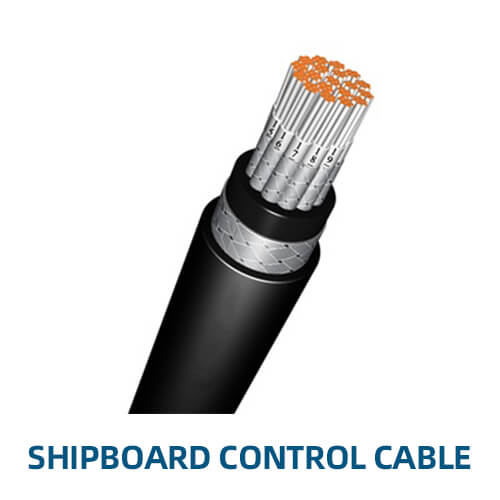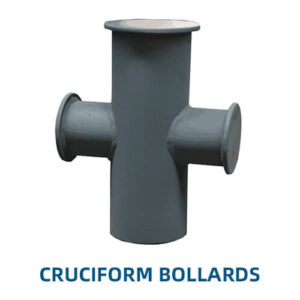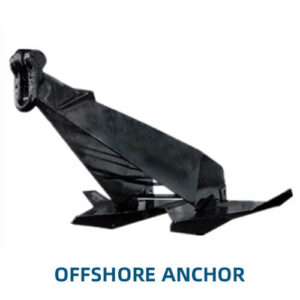Key Features of Shipboard Cable:
-
Construction and Materials:
- Marine-Grade Materials: Constructed with high-quality, marine-grade materials to resist corrosion, moisture, and other environmental factors commonly encountered in marine settings.
- Robust Insulation: Features durable insulation made from materials such as cross-linked polyethylene (XLPE) or ethylene propylene rubber (EPR), providing excellent resistance to heat, oil, and chemicals, while ensuring flexibility and ease of installation.
- Armor and Sheathing: Some shipboard cables are equipped with metallic armor and sheathing for added mechanical protection against abrasion, impact, and rodent damage, making them suitable for challenging shipboard conditions.
-
Electrical Performance:
- Reliable Signal Transmission: Designed to transmit control signals and electrical power with minimal interference, ensuring accurate and reliable operation of shipboard systems.
- Low Voltage Drop: Engineered to minimize voltage drop over long distances, maintaining consistent power delivery to critical equipment and systems.
- Shielded Variants: Available in shielded versions to reduce electromagnetic interference (EMI) and radio frequency interference (RFI), ensuring clean signal transmission in electrically noisy environments.
-
Safety and Compliance:
- Flame Retardant: Designed to be flame-retardant, preventing the spread of fire in the event of an onboard fire, and ensuring the safety of crew and equipment.
- Low Smoke and Halogen-Free: Many shipboard cables are low smoke and halogen-free (LSHF), which means they emit minimal smoke and toxic gases in the event of a fire, improving visibility and reducing health risks during evacuation.
- Compliance with Marine Standards: Meets international marine standards and certifications, such as ABS, DNV-GL, and IEC, ensuring that the cables are suitable for use in marine environments and comply with safety regulations.
-
Durability and Longevity:
- Resistant to Environmental Stressors: Engineered to withstand harsh marine conditions, including saltwater, UV radiation, temperature fluctuations, and mechanical stress, ensuring long-term reliability and durability.
- Extended Lifespan: Designed for a long operational life, reducing the need for frequent replacements and minimizing maintenance costs.
-
Flexibility and Installation:
- Flexible Design: Offers flexibility for easy routing and installation in tight spaces and around sharp bends, common in shipboard environments.
- Easy Stripping and Termination: Designed for ease of stripping and termination, simplifying the installation process and reducing the time required for cable management.
-
Versatility and Applications:
- Wide Range of Applications: Suitable for various shipboard applications, including power distribution, control systems, communication systems, and automation.
- Multiple Conductor Options: Available in various conductor configurations, from single-core to multi-core designs, allowing for tailored solutions to specific shipboard control requirements.
Shipboard Control Cables are essential components in marine electrical systems, providing reliable power and control signal transmission in the challenging conditions of maritime environments. With their robust construction, safety features, and compliance with marine standards, these cables ensure the safe and efficient operation of shipboard equipment, contributing to the overall safety and reliability of maritime operations. Their durability and flexibility make them a valuable asset for a wide range of marine applications, from power distribution to automation control.






